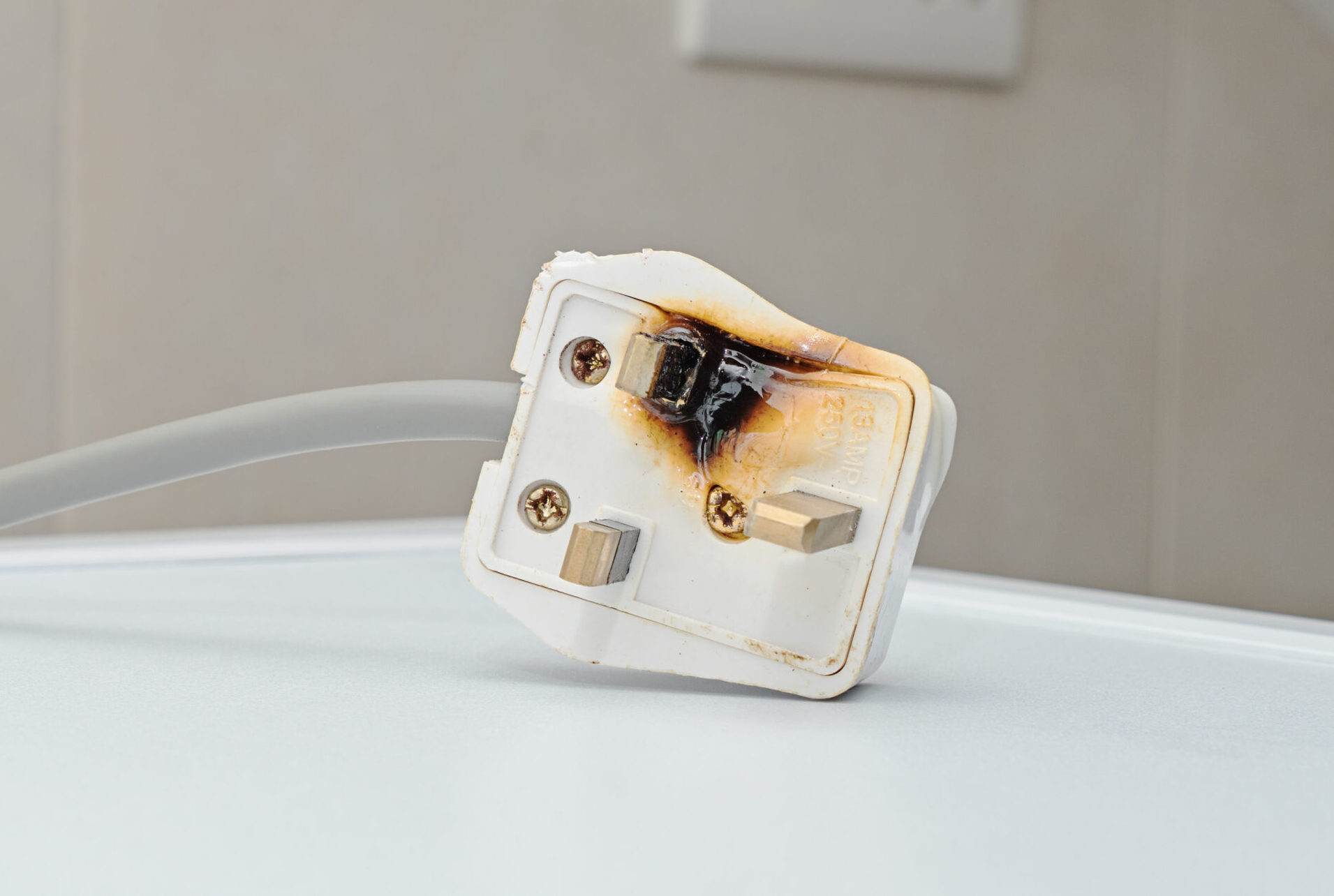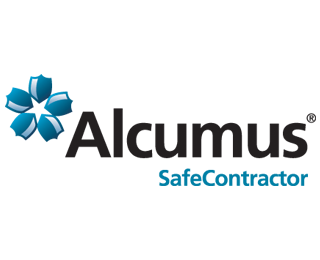5 Common Electrical Faults Found During Safety Testing
Electrical installations differ greatly in terms of size and complexity, and of course the environments they are present in, but the principles of electricity work the same regardless, and hence, the basic rules of circuit design and the safety mechanisms built in are largely the same. So when it comes to regular safety testing, as is a requirement of an electrical installation condition report (EICR) for a private landlord, domestic home or any commercial business, there are some electrical faults which are very common and which are more likely to occur than any other faults, mainly because the range of safety tests we carry out are also the same.
The cause of these faults and the implications of them could be very different, depending on the type of circuit, what devices are connected to them or the voltages involved, but these are the five most common electrical faults identified when carrying out routine safety testing for an EICR.
1. Circuit overloads
Electrical circuits have a rated capacity in terms of the voltage they can handle, and if this is exceeded, a circuit breaker will shut the circuit down, or a fuse will blow. This will occur if too many devices are drawing power from the circuit simultaneously and the circuit can’t cope with it. This may happen repeatedly if you don’t make any changes, such as upgrading the circuit to a higher amperage, or balancing the voltage load over multiple circuits instead.
2. Damaged wiring
This can occur through age and deterioration if the wires are located in a harsh environment and pests can also eat away at wiring to expose live conducting materials if they are able to access them. Damaged wiring can also occur if the initial installation was poor or if the wires are repeatedly exposed to excessive loads. Wiring or cabling that deteriorates and becomes damaged could expose bare wires and live conductors, which increases the risk of electric shock and fire, it can also result in loose connections which will eventually affect the operation of a circuit.
3. No or insufficient RCDs
Residual current devices (RCD) are a highly sensitive safety mechanism built into modern circuits, but they may be absent from some older installations and therefore will have to be installed retrospectively. The RCD instantly breaks the circuit if it detects a dangerous earth fault current, and therefore protects anyone exposed to the circuit by reducing the risk of electric shock. However, RCDs are designed with a specific overcurrent protection rating, and if this is insufficient, someone could still be exposed to electric shock because the RCD is not shutting down the circuit when a dangerous current occurs.
4. Exposed internal parts
This is common with external parts such as sockets and switches, which can become damaged, particularly in harsh environments such as manufacturing or other industrial settings. Casings and coverings can be damaged by machinery or transport, and can therefore expose internal live parts, which again increases the risk of electric shock or fire.
5. Inadequate earthing/grounding
If a fault occurs in a circuit, the live current will always want to find the easiest path to ground, this could be through someone in physical contact with the item. Think about the idea of someone being struck by lightning who becomes a live conductor. So earthing/grounding is an essential safety mechanism built into circuits as a method of sending excessive current safely to earth in the event of a fault occurring. The circuit design should send fault current down the earth wire, where it will blow a fuse or trigger a circuit breaker, rather than down the live wire where it remains live and could cause an electric shock to anyone in contact with the wiring or device, or it could cause a fire.
Contact Apardion for essential safety testing of your electrical installations
At Apardion we have trained, qualified and accredited engineers able to react quickly to your electrical testing needs on a 24/7 basis. We have engineers stationed all over Scotland who can carry out your routine electrical installation testing and PAT testing, as well as many other different types of electrical services. Contact our team to discuss a flexible and cost-effective programme of electrical testing designed to maintain your operations as safe and compliant at all times.
















